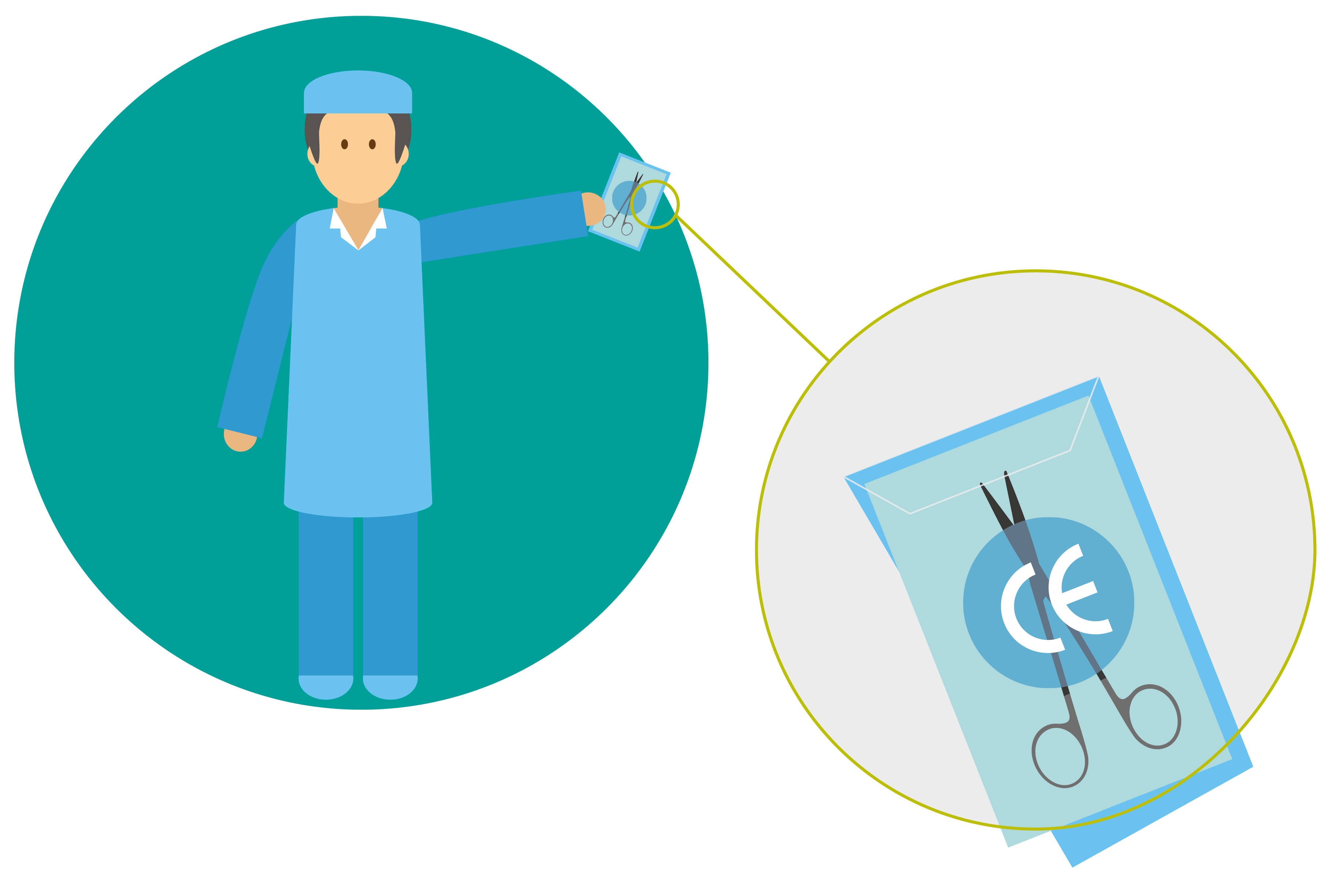Cleanliness, lubrication, correct handling and storage procedures will insure an instrument's proper performance. Additionally, inspection, troubleshooting, and a professional instrument maintenance program can actually lengthen the serviceable life of your surgical instrument. To that end, the following instrument care habits are recommended.
1 Cleanliness
- All instruments should be thoroughly cleaned immediately after use.
- Never allow blood in a box-lock or debris to dry on the instruments. Baked on blood in a box lock or crevice can result in corrosion and subsequent cracking under stress.
- Box locks should be opened and instruments with removable parts should be disassembled.
2 Lubrication
- It is recommended that instruments are lubricated after every cleaning process to guard against mineral deposits and other water system impurities which may lead to stains, rust and corrosion.
- Also prior vigorous cleaning, removes all lubrication which may result in "frozen" box locks.
- To impede the growth of bacteria in the lubricant wash, only antimicrobial, water-soluble lubricants are recommended.
3 Correct Handling
To avoid unnecessary instrument abuse, we strongly urge that instruments be used only for specifically designed purpose. For example, Needle Holders should never be used as pliers. This will lead to improper alignment of the jaws. Always match the needle holder to the size needle being used. Misuse of Scissors can easily dull or chip the cutting edge and misalign the blades.
4 Rinse & Sterilization
During rinse and sterilization, never allow delicate instruments to be laid in a steel pan or on a tray or to be bumped against one another. Always lay instruments on a towel or specially designed rubber or foam tray.
After Use put protective tips over the ends of delicate instruments.
5 Storage
- Well defined storage procedures reduce the chance of bent, broken and dulled instruments.
- Do not bounce, drop or weigh down instruments. Treat them gently; handle them individually or in small quantities. Masses of entangled instruments cause damage.
- Do not force a large instrument into a small tray. Place heavier instruments in the tray bottom with the lighter instruments on the top.
- Instruments should be arranged accordingly:
|
 |
6 Inspection
Inspect instruments prior to packaging for reuse as follow:

- Hinged instruments should be inspected for alignment of jaws, meshing of teeth and stiff or cracked joints. Ratchets should close easily and firmly.
- Two Ring-handled instruments can be tested by holding one handle in each hand. Open instrument and try to wiggle it. If the box lock is very loose, jaw misalignment will occur.
- Scissor blades should be inspected for burrs.
- If a needle which is clamped in the jaws of a needle holder locked on the second ratchet tooth can easily be turned by hand, the jaws need replacement and/or aligning and should be sent for repair.
- Elevated heat temperatures weaken stress points and can actually change molecular structures of the metal. This change weakens and dulls instruments resulting in their continual diminished performance. Be on the lookout for weakened stress points.
7 Maintenance Program
After repeated use and sterilization, instruments will show signs of wear. They will become misaligned, stiff from metal fatigue, dulled and chipped. When they will no longer function properly, they will either need professional repair or replacement.
Steps of preventive maintenance program:
Inspection and evaluation
- Re-Passivation
- Clean and lubricate
- Replacement of worn and missing parts (tungsten carbide inserts, screws, cracked springs).
- Restoration of finish (grinds out scratches and gouges and re polishes).
- Final adjustment to insure instrument works easily and is properly aligned.
This program is not only an investment in lengthening the life of your surgical instruments but also precludes unnecessary repairs and unwanted replacements.
